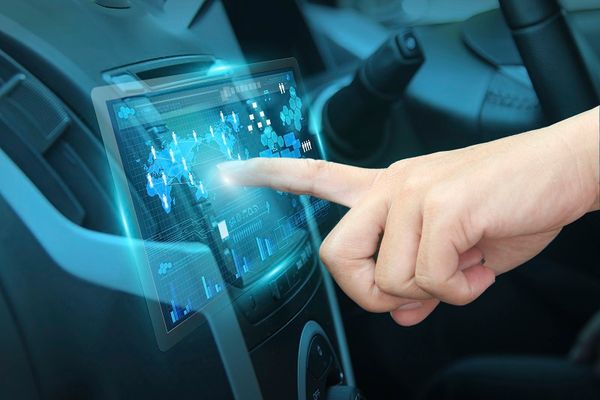Uber tracking smartphone data to improve safety

Ride-sharing company Uber has started monitoring its drivers in an attempt to signal dangerous driving, according to news reports.
The Texas-based experiment, which started in late 2015, uses motion sensors built into smartphones to show whether a driver accelerates or brakes too fast, as well as monitor the car’s overall speed. This helps verify user claims that some drivers have broken the law and thus, the negative review scores.
Sounds great in terms of road safety and liability issues, but where does that leave user privacy?
Uber has not informed its drivers that they are being tracked and says it will do so only to validate user complaints. If a consumer unfairly complains that a driver was speeding, the tracking data could exonerate the driver. The problem is that there’s nothing deterring Uber from intrusively looking at the gathered information, including location data, to identify speeders and tailgaters.
Meanwhile, Uber is pointing out the advantages of the initiative, among other measures they have taken locally.
“Over time, we hope to use technology to improve safety proactively. For example, if gyrometer data shows that drivers are constantly moving their phones around, we can offer them mounts to fix the problem.”
It remains to be seen if drivers will accept sharing such data with the company or a new public outbreak is underway.
tags
Author
Alexandra started writing about IT at the dawn of the decade - when an iPad was an eye-injury patch, we were minus Google+ and we all had Jobs.
View all postsRight now Top posts
How to Protect Your WhatsApp from Hackers and Scammers – 8 Key Settings and Best Practices
April 03, 2025
Outpacing Cyberthreats: Bitdefender Together with Scuderia Ferrari HP in 2025
March 12, 2025
Streamjacking Scams On YouTube Leverage CS2 Pro Player Championships to Defraud Gamers
February 20, 2025
How to Identify and Protect Yourself from Gaming Laptop Scams
February 11, 2025
FOLLOW US ON SOCIAL MEDIA
You might also like
Bookmarks








